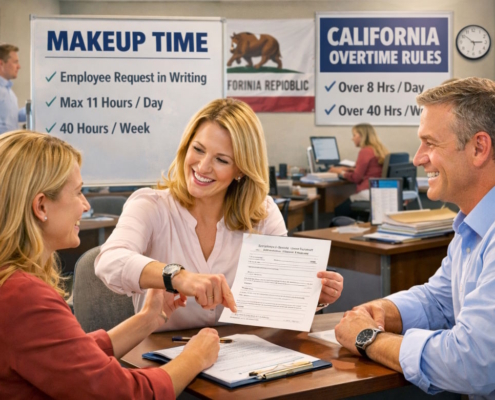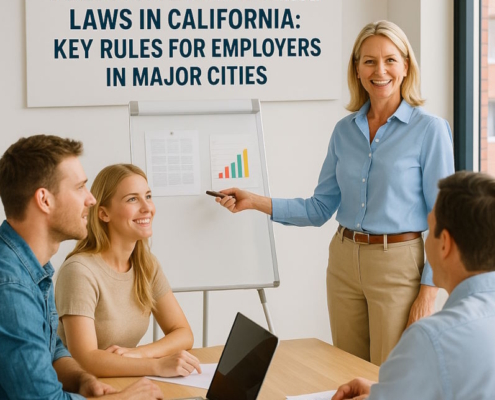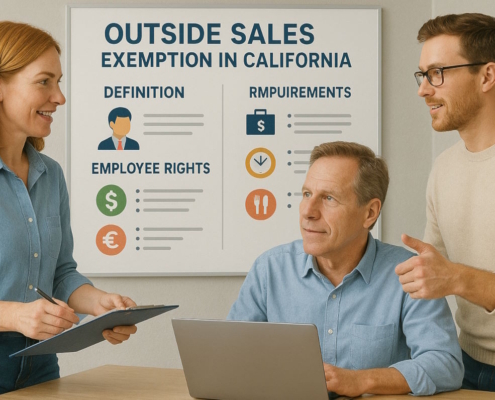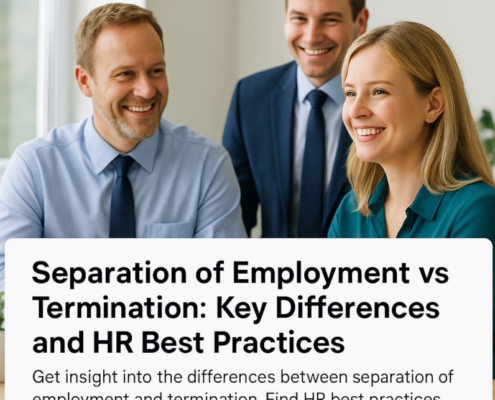Introduction
More than 1.3 million business trips are made daily, and up to 448 million are made every year. That’s a significant amount of ground and kilometers traveled.
Employees should receive mileage reimbursement whether they are traveling by train, automobile, or airplane.
However, what is the precise amount of mileage reimbursement that employees are eligible for?
To assist you and your staff, this article will go over the laws, rules, and guidelines pertaining to California mileage reimbursement.
Work-Related Mileage: What is it?
According to T&E (travel and expense) policies, the following are some of the most frequent types of travel:
- To do business-related operations, traveling to the bank
- Traveling to several shops to buy materials
- Driving to customer and client meetings
- Every other errand pertaining to business
Pro-tips
- A list of every type of travel for which employees must & will receive reimbursement is necessary.
- Your business’s travel policy must contain this information to make sure staff members are aware of the types of trips that will qualify for reimbursement.
IRS mileage rates vary every year and depend on national averages. Fuel, maintenance, repair, insurance, & depreciation costs are all taken into account by the IRS. The DLSE (Division of Labor Standards Enforcement) considers the rates appropriate; however, they are simply estimates.
State law determines the cost per mile. The CA mileage rate in 2025 is broken down here:
- For business purposes, employees will get 70 cents for every mile driven (3 cents starting in 2024).
- For medical or relocation expenses, employees will be paid 21 cents for each mile (the same as was used in 2024).
- For miles driven in support of all philanthropic organizations, employees will get 14 cents for each mile (the exact same rate as in 2024).
The CA mileage rate in 2025 and the concerned law
Employers must substantiate these arguments if they decide to pay workers less than whatever the IRS recommends. Companies are required to demonstrate that the employee’s real expenses and vehicle condition are lower than the federal average.
Employees are subject to the same regulations. Employees must additionally demonstrate that their car running costs are greater if they believe their expenses exceed the IRS rate.
Because it safeguards both companies and employees, the mileage reimbursement approach is the most widely used. Paying staff the IRS level or more is in your best interest. Ignoring this could lead to unwelcome litigation that might be hard to win.
It is your responsibility to demonstrate that your employees’ expenses were lower than the national average, for instance, if you pay them 50 cents a mile rather than the suggested 58 cents, and they file a claim. This would be very difficult to accomplish and wouldn’t be worth the 8-cent savings, your time, or your effort.
CA mileage rate in 2025: How is mileage reimbursement calculated?
1. Method of actual expenses
The real expense technique is keeping track of the precise costs an employee incurs when using their own vehicle. Fuel, repairs, upkeep, insurance, upkeep, depreciation, and registration expenses are among the expenses.
Employees can use a tool to determine their precise expenditures, and employers are in charge of dividing those costs between work-related and personal travel expenses. This method of calculating mileage reimbursement is the most precise, but it is also the most costly and time-consuming.
2. Lump-sum method
Employers who adopt the lump-sum reimbursement approach provide workers with a set payment in exchange for using their own vehicles. Since employees are not obliged to keep track of their precise mileage, this is the best situation for them. Rather, workers get a per diem salary in the shape of a gas stipend or a car allowance.
This approach’s sole requirement is that the employer & employee concur that the set price includes all incurred costs. If applicable, employers are also in charge of recording additional reimbursement amounts, such as labor and business expenses.
Should regular wages be used to reimburse mileage?
It is your responsibility as the decision-maker to decide how you wish to refund mileage, along with other business expenses. A lot of company owners decide to include mileage reimbursement in a worker’s regular salary. This gives workers a thorough pay stub for keeping records and helps preserve all the documents in one location.
Some choose to pay using a separate check or direct deposit in order to maintain a clear separation of these two accounting records. To prevent misunderstandings or inconsistencies, you should ideally pay employees within 2 weeks of them turning in their mileage logs, regardless of the approach you take.
The advantages of mileage reimbursement
In addition to keeping you in compliance with local and federal regulations, providing employees with mileage reimbursement as per the CA mileage rate in 2025 increases business. Here’s how:
- Enhanced job satisfaction: Contented workers are more productive workers. A happier workplace is produced when your employees feel valued. Efficiency and production rise as a result.
- Workers are more inclined to perform errands: Gas & (over time) vehicle wear and tear are the costs associated with running office errands. When requested to travel for work, staff members are more likely to agree if they are aware that they will be reimbursed for their mileage. It might even aid in luring in fresh, exceptionally competent applicants.
A case study of how California mileage reimbursement safeguards employers
Your company needs to be aware of the nuances of the CA mileage rate in 2025 in order to stay out of legal hot water.
Gattuso vs. Harte Hanks Shoppers, a well-known court decision, provided business owners with three options for rewarding their employees and helped clarify California’s mileage reimbursement regulations.
How can California employers provide mileage reimbursement correctly?
Current IRS regulations and financial knowledge are used to calculate California mileage reimbursement. Create a thorough mileage reimbursement policy with intelligence to safeguard both your staff and yourself and ensure adherence to the CA mileage rate in 2025.































